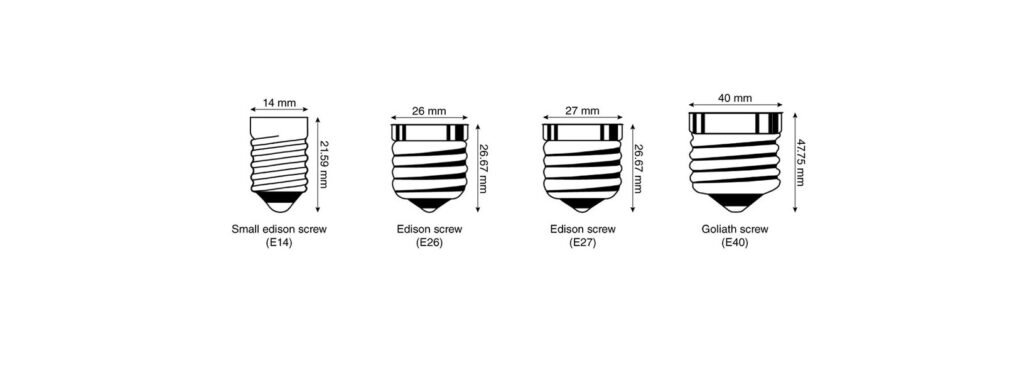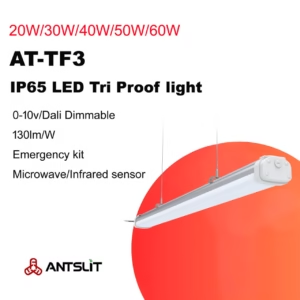Address
601, No 10 Huangguan South Rd, Junzibu Community, Guanlan Street, Long Hua,Shenzhen,China
Contact us
Phone: (+86)13751173069
Contact us at: info@ants-led.com
Address
601, No 10 Huangguan South Rd, Junzibu Community, Guanlan Street, Long Hua,Shenzhen,China
Contact us
Phone: (+86)13751173069
Contact us at: info@ants-led.com

E26 and E27 light bulbs, while seemingly similar, have key differences that impact their usage and safety. These Edison screw base bulbs differ primarily in their voltage ratings and geographical applications. E26 bulbs, designed for 120V AC systems, are standard in North America, while E27 bulbs, operating at 240V AC, are common in Europe and other regions. Despite a mere 1mm difference in base diameter, these bulbs are not electrically interchangeable due to varying voltage requirements and mechanical specifications. Understanding these distinctions is crucial for selecting the appropriate bulb for your lighting needs and ensuring electrical safety in different parts of the world.
Operating at distinct voltage levels, E26 bulbs are designed for 120V AC systems, while E27 bulbs are compatible with 240V AC. This fundamental difference stems from varying electrical standards across regions. The voltage rating is crucial for safety and performance, as using a bulb with an incorrect voltage can lead to reduced lifespan, poor illumination, or even electrical hazards. When selecting bulbs, it’s essential to match the voltage rating to your local power supply to ensure optimal functionality and safety.
The mechanical specifications of E26 and E27 bulbs reveal subtle yet significant differences:
These variations are designed to accommodate different voltage requirements and ensure proper electrical separation. The longer screw and taller insulator in E27 bulbs provide additional protection against potential arcing or short circuits at higher voltages









While E26 and E27 bulbs can physically fit into each other’s sockets due to their similar dimensions, they are not electrically interchangeable. Using an E26 bulb in an E27 socket can lead to electrical hazards such as short circuits or fires, as E26 bulbs are not rated for the higher voltage of E27 sockets. Conversely, E27 bulbs can generally be safely used in E26 sockets, but may not perform optimally due to the lower voltage. The design differences, particularly in screw length and insulator height, are intentional safety features to prevent misuse at higher voltage levels. For optimal performance and safety, it’s crucial to use E26 bulbs in E26 sockets and E27 bulbs in E27 sockets
Predominantly used in North America, E26 bulbs are standard in the United States, Canada, Mexico, Japan, Taiwan, and several Caribbean nations. In contrast, E27 bulbs are the norm across Europe, including the UK, Germany, France, and Italy, as well as in Australia, New Zealand, and many parts of Asia and Africa. This geographical distinction aligns with the differing electrical standards and voltage systems in these regions, reflecting the historical development of power grids and electrical infrastructure worldwide.
ANTSLIT is a reputable and professional LED lighting manufacturer trusted by Chinese export companies. Our high standing is earned through delivering top-quality, safe products to customers globally, aiding them in reducing complaints and securing success across various projects.